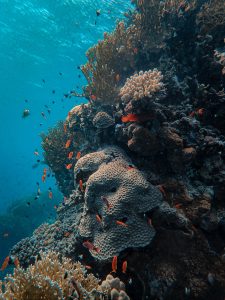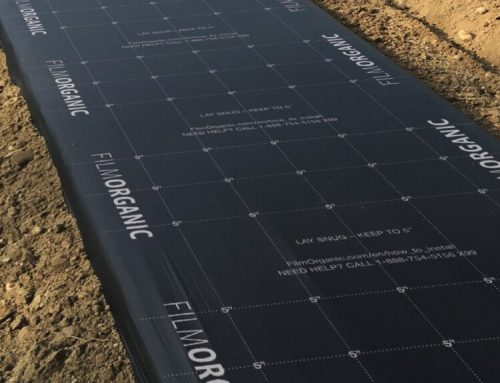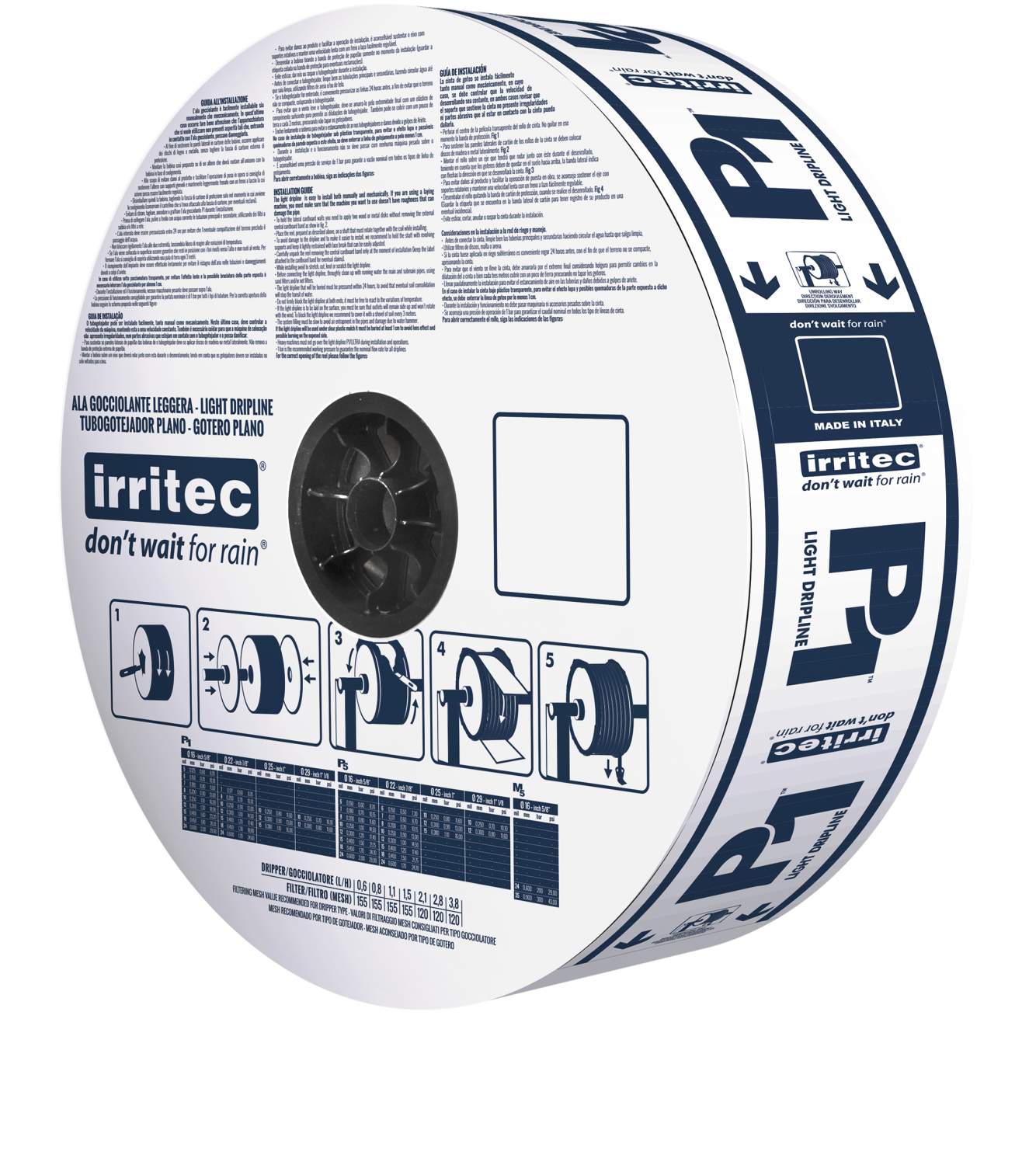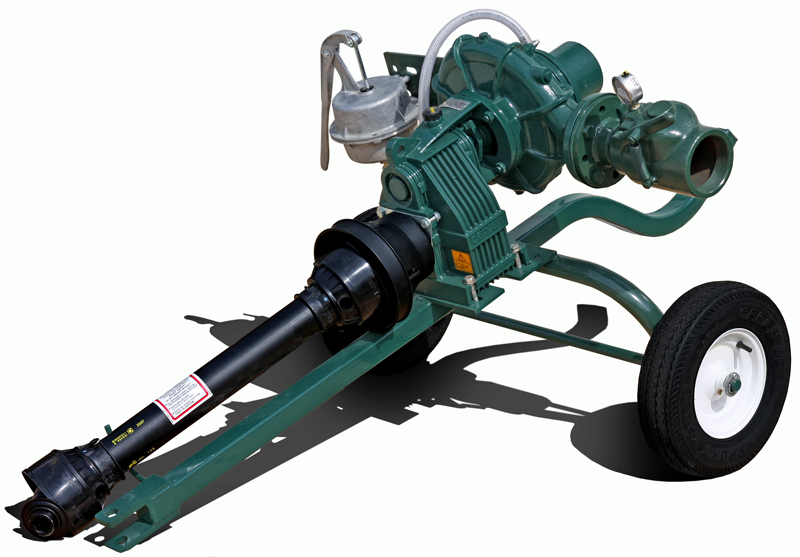According to EPA.gov, “Over 97 percent of the earth’s water is found in the oceans as salt water. Two percent of the earth’s water is stored as fresh water in glaciers, ice caps, and snowy mountain ranges. That leaves only one percent of the earth’s water available to us for our daily water supply needs.”
So why isn’t desalination more at the forefront of discussions in the search for clean water?
Currently, there are two (and a half) ways to remove salt from seawater. Filtering through reverse osmosis or thermal desalination.
I say “and a half”, because there is an emerging technology that “promises to convert seawater to drinking water with the push of a button”. More on this later.

Saltwater to Fresh?
All of these processes do share one common impediment – you need to be near salt water in order to have any chance of economically turning it into drinkable, fresh water. So communities like Red Cloud, Nebraska, and Spearfish, South Dakota need to look at other sources for fresh water. But for communities near the coast, desalination is a possibility.
Reverse Osmosis is currently used in approximately 60% of the world’s desalination plants. Also known as Membrane Desalination, the concept is simple. You take sea water and force it under pressure through a membrane that allows the water molecules to flow through the membrane while blocking the salt molecules.
Sounds easy enough. What is preventing us from kicking this into high gear? Currently there are two roadblocks. Price (Nine times out of ten the answer is money.) and what to do with the salt residues.
The price is high (keeping in mind that high price is relative) because of the high energy requirements needed to provide high enough water pressure to force the salt water through the semi-permeable membranes that remove the salt. The higher the water’s salinity, the more pressure that is needed, meaning more energy is needed. There is also an additional cost in some areas to treat the water prior to filtering due to the water being polluted or otherwise contaminated.

Seawater
Thermal desalination is currently the process of choice in the Middle East. As the name implies, this process takes salt water and heats it up forcing it to turn to steam. This steam is run through cooler pipes enabling condensation of the fresh water, which is then removed and stored for processing. This type of desalination is expensive because of the amount of energy necessary to heat the salt water into steam. In fact, energy costs can reach 50% of the total cost of operating a Thermal Desalination plant.
So both processes share the roadblock of high energy needs to operate at scale. They also have the added problem of how to dispose of the the salty brine byproduct left by the desalination process.
Historically brine has been disposed of using methods like dumping it into water discharge and sewer systems, or disposing of it through deep well injections, which realistically are simply methods for moving the problem down the road for someone else to deal with. Other methods we have tried are selling the brine for industrial use – deicing solutions, detergent manufacturing and chemical production.
So desalination has its advantages and disadvantages, but as water becomes increasingly scarce in coastal communities like California, I suspect we will grow our reliance on this messy process. And we will continue to work on technology to bring down the reliance on fossil fuel energies (I wonder if solar and wind have a place here) and find better ways of utilizing the salty byproduct of the desalination process.
Which brings us to a “Groundbreaking device converts seawater to drinking water with the push of a button“. Abbey Abazorius of MIT writes about a device developed by MIT researchers that is the size of a suitcase, using no filters and requires less power than a cell phone charger. It “can also be driven by a small, portable solar panel, which can be purchased online for around $50. It automatically generates drinking water that exceeds World Health Organization quality standards. The technology is packaged into a user-friendly device that runs with the push of one button.”
This device uses electricity to remove salt and other particles. The million dollar question will be whether of not it can be economically scaled up from helping small communities to being able to help with large regions.
I suspect we will continue to hear about refinements to each of these systems in the months and years to come.
Update : 9/13/2022 CNN reports that an Abu Dhabi based stat up has some promising new technology that uses sunlight to capture water evaporating from the ocean’s surface, collecting it as freshwater. To read more:
How sunlight could turn seawater into freshwater for coastal communities
If you need help with your own water conservation efforts, give us a call at 517-458-9741 or email us at info@irrigationsupplyparts.com. We look forward to working with you.






